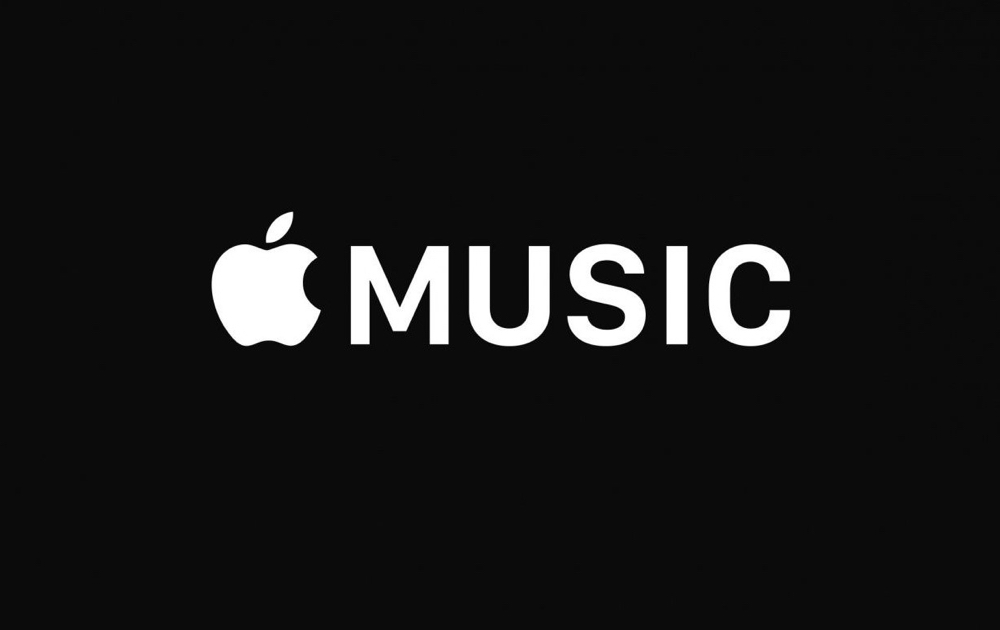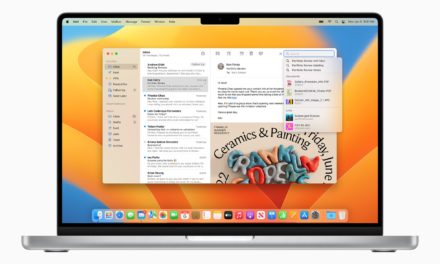The global cloud music services market is expected to register a compound annual growth rate (CAGR) of 10.56% during 2018-2023, according to Research and Markets (www.researchandmarkets.com).
The scope of the research group’s report is limited to the types of services offered by major players, which involves download, subscription, and ad-based streaming. On the other hand, the platforms considered in the scope of the report include smartphones, laptops, tablets, cars, and cloud enabled stereo-system.
Cloud music services are primarily used to increase the access to music by overcoming limitations imposed by the device storing capacity or lack of ownership. Streaming, subscription, and other cloud services provide listeners with service agreements to rent music out for a certain fee or under certain conditions.
Research and Markets says the increasing integration of analytics in the music industry is expected to be one of the key trends that are gaining traction in the cloud music services market. The backing from curators, editors, and data analytics systems enables record companies to provide customers with a customized music experience.
Data analytics systems in the music industry enable streaming service providers to identify the music preferences of the customers. This enables the service providers to make intelligent/smart music recommendations for their customers, which increases the number of hours a user spends listening to music, according to Research and Markets.
In 2016, the number of smartphones sold to consumers was around 1.5 billion units, which was a significant increase from the 680 million units sold in 2012. Thus, over 28% of the global population owned a smart device in 2016, a figure that is expected to increase to 37% by 2020. Research and Markets says that, with the growing number of smart phones and tablets, the music listener’s behavior is changing.
Smartphones provide listeners with more portability, and users can listen to any music, anytime, and anywhere. This is expected to drive the demand for cloud music, owing to unlimited storage, accessibility, connectivity, and affordability. As smartphones have more scope for data connectivity compared to laptops (laptops can be connected only through wired network or Wi-Fi), they support better accessibility to the need for on-demand cloud music services.
Advertisement-based music streaming generated about $782 million worth ofrevenue in 2015, and the figure is expected to increase to around $1 billion by the end of 2017. This growth is attributed to an accelerating shift in consumer behavior, with listeners increasingly choosing streaming over downloading, as well as a number of new players entering into the world of music streaming. Ad-based streaming services are expected to receive backing from music firms as well, as the services have helped the music industry battle piracy.
Research and Markets says that services such as Apple Music and Spotify almost swiped out Napster and LimeWire from the market through complete convenience. Customers just have to listen to a couple of ads and they can get most of the songs at a faster rate and in better quality. In 2015, Spotify’s advertising revenue grew by 380% in the first quarter, compared to the same period last year. The increase in the revenue was augmented by the growing numbers of users toward the end of last year, which brought its user base to around 60 million, 45 million of whom were on the freemium services that includes ads.





